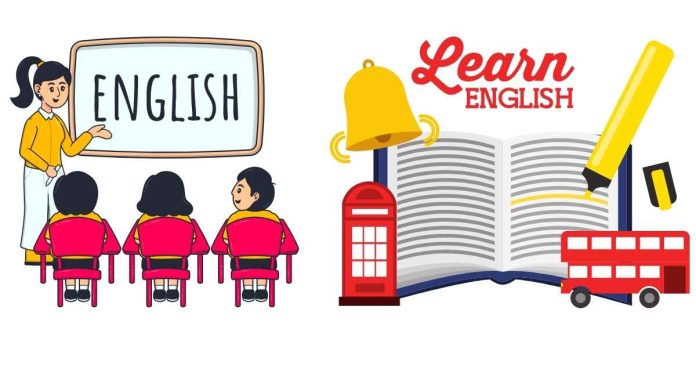In English grammar, understanding how to form possessive nouns—especially when dealing with plural forms—can sometimes be tricky. The word “youth” is an interesting case because it behaves differently than many regular nouns. To understand how to form the plural possessive form of “youth,” let’s break down the rules and explore the concept in detail.
Understanding “Youth”
The word “youth” is an uncountable noun when referring to the general concept of young people, and it is also used as a singular noun to describe an individual in their adolescence or early adulthood. It is not commonly used in a plural sense by itself because it is typically used to refer to a collective or a general group of young people.
However, when we need to make “youth” possessive or plural possessive, we must follow specific rules of grammar.
Step 1: Plural Form of “Youth”
The word “youth” does not have a regular plural form like most nouns (e.g., “cats” for “cat”). Instead, the plural form of “youth” is typically “youths.”
For example:
- “The youths were engaged in community service.”
- “The youths of the town were excited about the upcoming festival.”
Note that “youths” refers to multiple young people or individuals who are in the stage of youth.
Step 2: Making “Youth” Possessive
The possessive form indicates that something belongs to or is associated with the noun. To make a singular noun possessive, we typically add an apostrophe and an “s” (e.g., “John’s book” or “the dog’s collar”). However, with “youth,” since it is often used in a more abstract or collective sense, we apply the same rule to the plural form.
Plural Possessive Form of “Youth”
The plural possessive form of “youth” is “youths’.”
To form this, you simply add an apostrophe after the “s” in the plural form “youths,” because the word ends in an “s” after the pluralization.
For example:
- “The youths’ opinions were heard at the meeting.”
- “The youths’ contributions to the project were invaluable.”
In these examples, “youths’ “ indicates that something belongs to or is associated with multiple youths.
Why Use “Youth’s” or “Youth’s” vs. “Youths’ “?
It is important to note that you do not use “youth’s” for the plural possessive form. “Youth’s” would be the singular possessive form, indicating that something belongs to one individual youth.
For example:
- “Youth’s”: “The youth’s decision was final.” (Meaning the decision of one individual youth.)
- “Youths’ “: “The youths’ opinions were different.” (Meaning the opinions of several young people.)
The plural possessive form of “youth” is “youths’.” It is formed by first changing “youth” to “youths” (the plural form) and then adding an apostrophe after the “s” to show possession. This construction is important to use when referring to something that belongs to or is associated with multiple young individuals.


